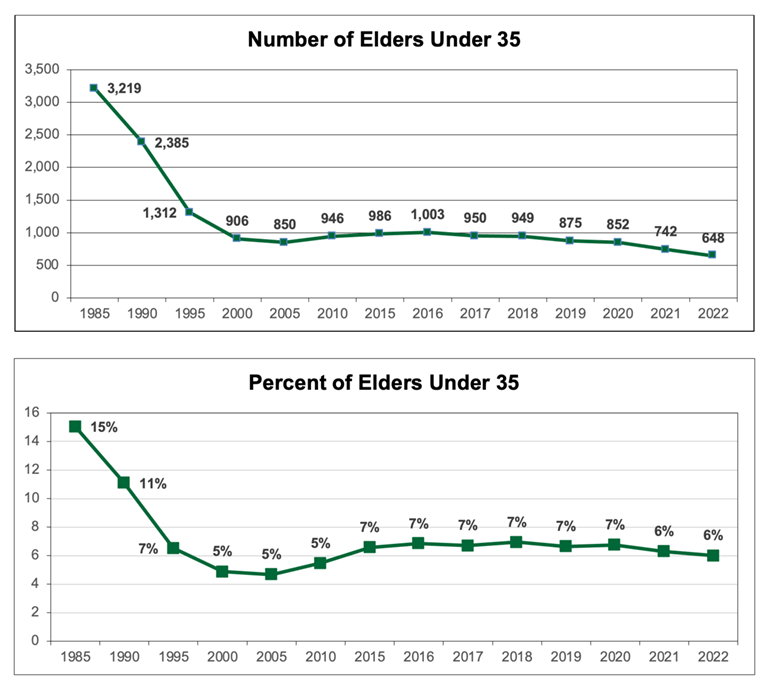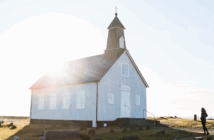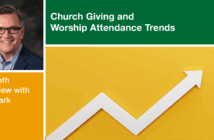![]()
 Download the 2022 Clergy Age Trends Report.
Download the 2022 Clergy Age Trends Report.
Highlights of the 2022 Report
Young Elders Decline to Record Low Number
The recent decline in the number of young elders (under 35) began in 2017 and followed modest gains after the low point of 2005. That decline continues; however, the scale of the decline in 2021 and 2022 is larger than seen before. The number of young elders in 2022 is 648. Last year was the first time that the number of young elders was below the previous low of 852 in 2005. This year sets a new record for the fewest young elders. The losses in 2022 were comparable for men and women based on the proportion of each among young elders. The larger declines began in 2019. Since then, the decline in young elders has been 301, or a 32 percent decline.
While the overall number of active elders in the United Methodist Church continued to decline in 2021, the annual rate of decline was 5 percent compared to 13 percent for young elders. Young elders constitute 6 percent of active elders in 2022, the same as in 2021.
Some Shifting from Older to Middle Age Elders
Since 2000, we have been watching a trend of having fewer elders in the middle age (35-54) group and more elders in the older (55-72) group. Since those in the older group face a mandatory retirement age of 72, with most retiring before that age, it seemed that this expanding pool of older elders could not continue to grow indefinitely. After twenty years of growth, one began to wonder whether such a decline might ever happen. In 2020, a modest turn in this trend began that continues in 2022. The middle age group as a proportion of all elders increased by one percent in 2022 (to 41 percent), with a one percent decrease for the older group’s proportion (to 53 percent). Keep in mind that all age groups of elders declined in raw numbers, but some declined more than others, thus the change in proportional representation.
Young Deacons Increase
There is an increase in the number of young deacons in 2022 to 100 compared to 95 in 2021. Young deacons comprise 11 percent of all active deacons in 2022, higher than the percentage for young elders and young local pastors. One caution in the deacon statistics to remember is that the total number of deacons is lower in this report than their presence in the denomination. This difference is because many deacons serve in work settings other than congregations and have pension plans through those agencies rather than Wespath Benefits, from which our numbers come.
Local Pastor Numbers Decline, Including Young Local Pastors
There is a decrease in young local pastors in 2022 to 561 compared to 621 in 2021. There was also a decline in the percentage of young local pastors as a percentage of all local pastors to 8 percent from 9 percent last year. There are proportionately more young local pastors than young elders but fewer than young deacons. Elders and local pastors are appointed as pastors of congregations. In 1990, there were over five elders for each local pastor; today there are 1.6 elders for each local pastor. The proportions of local pastors compared to elders remained the same in 2022 after many years of local pastors showing increased representation and elders decreased representation. While elders and deacons are seeing some declines in the previous rising rates of older clergy from 55 to 72 years of age. This is not true for local pastors where 58 percent of all local pastors are in this oldest cohort.
![]()
 Download the 2022 Clergy Age Trends Report.
Download the 2022 Clergy Age Trends Report.
Previous Clergy Age Trends Reports
![]() 2021 | 2020 | 2019 | 2018 | 2017 | 2016 | 2015 | 2014 | 2013 | 2012 | 2011 | 2010 | 2009 | 2008 | 2007 | 2006
2021 | 2020 | 2019 | 2018 | 2017 | 2016 | 2015 | 2014 | 2013 | 2012 | 2011 | 2010 | 2009 | 2008 | 2007 | 2006





